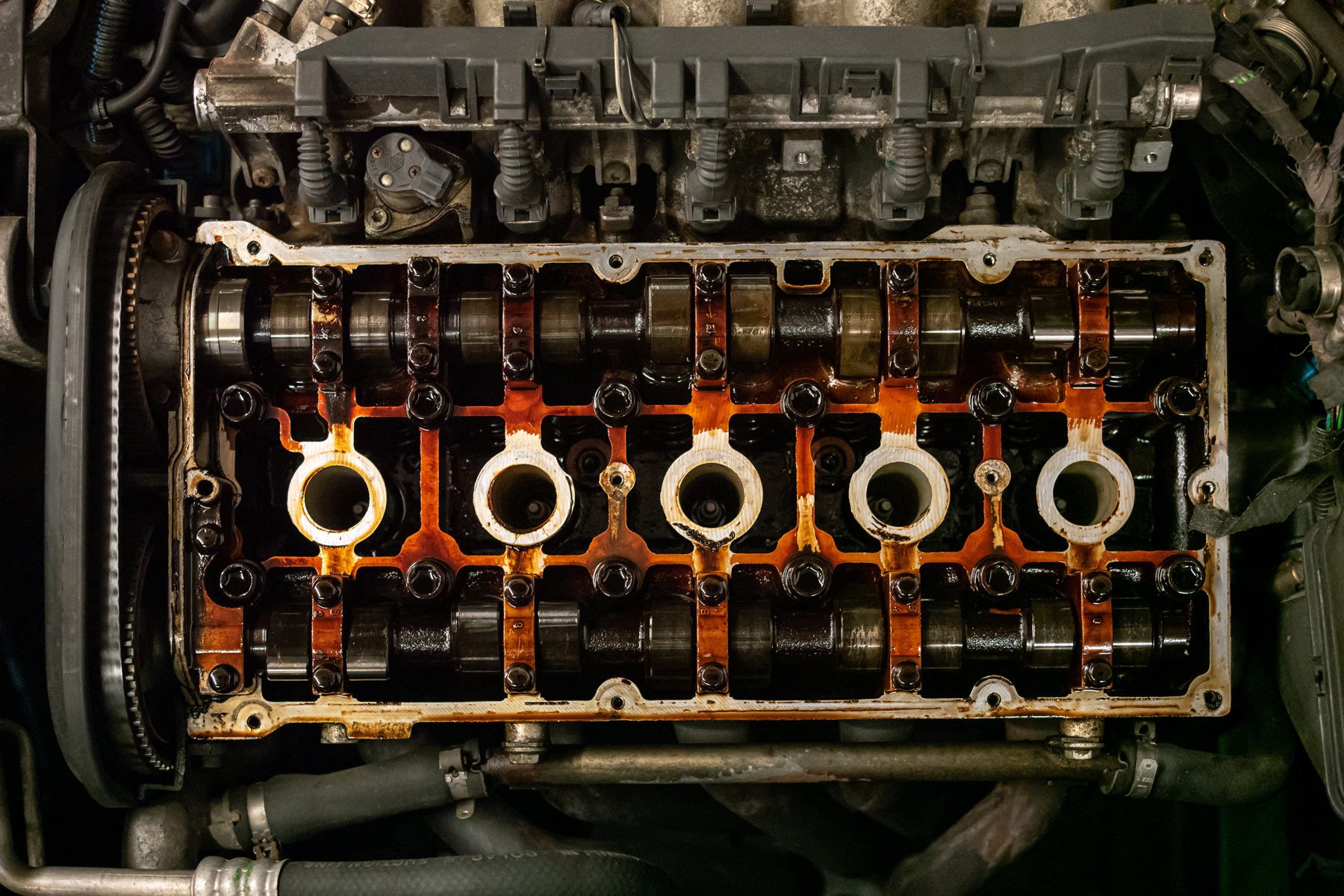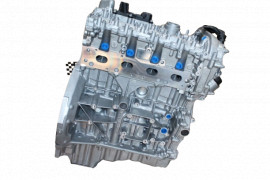Opel Corsa Engine: Whatever You Need to Know Before Acquiring
Opel Corsa Engine: Whatever You Need to Know Before Acquiring
Blog Article
Checking Out the Inner Operation of a Compact Vehicle's Engine System
As chauffeurs, we typically take for provided the complex procedures that occur within the confines of our lorry's engine system. The portable yet complex equipment that propels us onward is a marvel of engineering accuracy and control. From the regulated surges in the burning chamber to the careful timing of fuel shot, every component plays a crucial function in the smooth procedure of the engine. In this expedition of a compact automobile's engine system, we will unravel the inner operations of this mechanical harmony, clarifying the mysteries that drive us ahead on our day-to-day trips.
Burning Refine Summary
The combustion procedure in a portable automobile's engine system is a vital system that efficiently converts gas right into power to power the car. This procedure occurs within the burning chamber of the engine, where gas and air mix, ignite, and produce regulated surges. The burning process includes 4 major phases: intake, power, exhaust, and compression.
During the consumption stage, the piston relocates downward, attracting in a blend of air and gas into the burning chamber. This downward movement produces the power required to drive the vehicle. This cyclic combustion procedure is basic to the procedure of a small car's engine system, making certain efficient energy conversion for propulsion.
Piston and Cylinder Interaction

The piston's precise fit within the cyndrical tube is important for maintaining optimum compression and stopping energy loss during combustion. Limited clearances between the piston and cyndrical tube wall surfaces make certain reliable sealing, permitting the piston to move smoothly without permitting gases to leakage past. Appropriate lubrication is also vital to minimize rubbing and put on in between these parts, improving durability and performance.
Additionally, the style and materials made use of in making the piston and cyndrical tube effect engine performance and resilience. Modern engines often employ light-weight yet sturdy materials like light weight aluminum alloys for pistons and cyndrical tube liners to reduce inertia and enhance thermal effectiveness. Overall, the unified interaction between the piston and cyndrical tube is fundamental to the engine's performance and total performance.
Gas Shot System Functionality
Fuel injection systems in small lorry engines play a vital function in specifically supplying fuel click for more info to the burning chamber for effective and controlled ignition. The fuel injection system operates by injecting fuel right into the burning chamber at the optimum minute during the engine's operation (opel corsa engine). This exact timing makes sure that the fuel blends uniformly with the air for appropriate burning, bring about enhanced gas efficiency and reduced discharges
There are primarily two kinds of fuel shot systems used in portable car engines: port gas injection (PFI) and straight fuel injection (DFI) PFI systems infuse fuel into the intake port before the intake shutoff, while DFI systems infuse fuel straight into the burning chamber. Both systems have their benefits, with DFI offering far better fuel atomization and PFI giving a more cost-efficient remedy.
Understanding Engine Cooling Mechanisms
Efficient procedure of a portable vehicle's engine relies greatly on the effectiveness of its cooling systems. The air conditioning system in a small automobile normally is composed of numerous components working with each other to manage the engine temperature. Recognizing these engine cooling devices is essential for keeping the efficiency and durability of a portable car's engine system.

Exhaust System Components Explained
The optimum performance of a small automobile's engine air conditioning mechanisms depends on a complementary system referred to as the exhaust system, which makes up various crucial elements for making sure reliable discharges and engine her comment is here performance. The exhaust system includes components such as the exhaust manifold, catalytic converter, muffler, and tailpipe. The exhaust manifold accumulates exhaust gases from the engine's paths and cylinders them to the catalytic converter. The catalytic converter after that converts harmful contaminants in the exhaust right into much less hazardous discharges prior to launching them via the muffler and tailpipe.
One vital component of the exhaust system is the oxygen sensor, which keeps track of the oxygen levels in the exhaust gases to aid regulate gas usage and make certain optimum engine efficiency. opel corsa engine. Additionally, the resonator may exist in some exhaust systems to minimize sound degrees. On the whole, the exhaust system plays an important duty in keeping engine performance, decreasing unsafe discharges, and making sure Learn More Here a quieter driving experience for portable automobile owners

Conclusion
Finally, the small lorry's engine system is a complicated mix of parts that work with each other to assist in the burning process, convert fuel right into power, and eliminate waste gases. Comprehending the inner operations of the engine system, consisting of the piston and cylinder communication, fuel shot system, engine cooling devices, and exhaust system parts, is vital for preserving optimum efficiency and efficiency of the lorry.
The combustion process in a portable vehicle's engine system is a crucial system that successfully converts fuel into power to power the vehicle.Fuel shot systems in portable car engines play a critical role in specifically supplying fuel to the combustion chamber for regulated and reliable ignition.There are mostly 2 types of fuel injection systems made use of in portable automobile engines: port gas injection (PFI) and straight gas shot (DFI) Recognizing these engine air conditioning mechanisms is vital for keeping the performance and long life of a small car's engine system.
The optimal performance of a compact vehicle's engine air conditioning mechanisms depends on a corresponding system understood as the exhaust system, which comprises various necessary parts for ensuring reliable discharges and engine performance.
Report this page